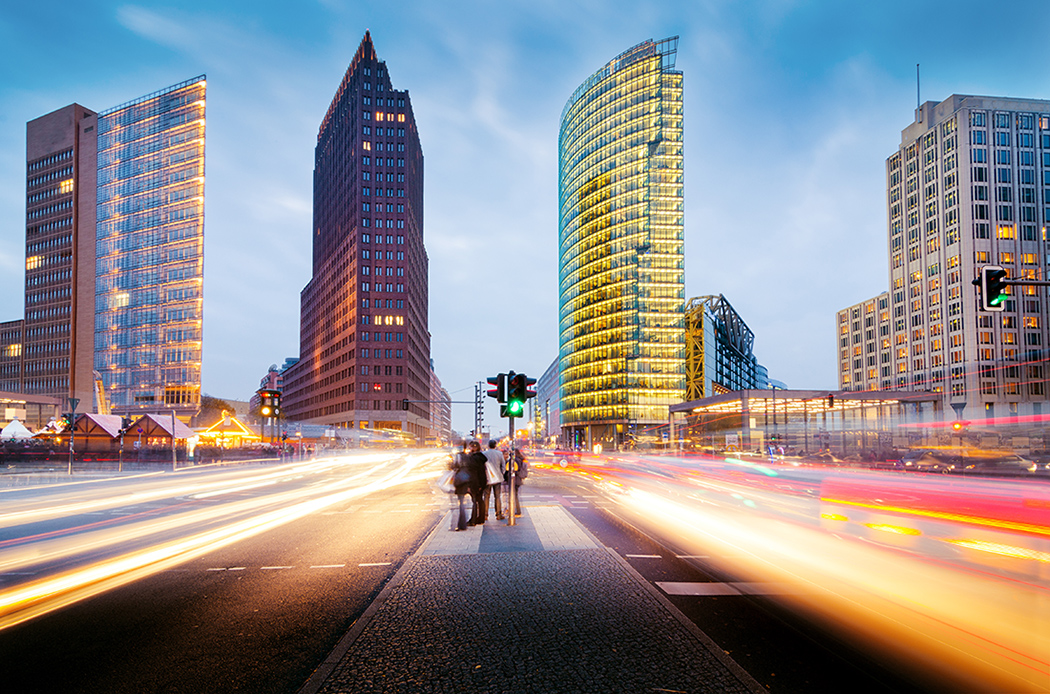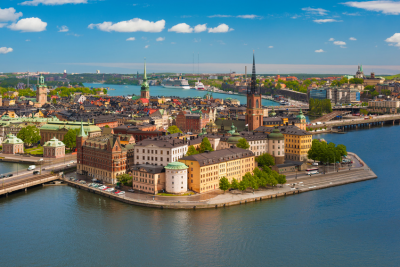In brief
EUR 4.30 instead of EUR 9.52 per gram: The reimbursable base price for medical cannabis cultivated in Germany has been almost cut in half whereas the base price for imported cannabis flowers remains unaffected.
According to an arbitration ruling of 17 June 2022, a base price of EUR 4.30 (plus surcharges of 90% or 100%) per gram is reimbursable for cannabis flowers cultivated in Germany. Prior to the ruling, statutory health insurance funds reimbursed a base price of EUR 9.52 per gram plus varying surcharges for all cannabis flowers. This also applied to cannabis flowers cultivated in Germany and sold to pharmacies for a fixed price of only EUR 4.30 per gram.
With the potential legalization of cannabis for recreational use on the horizon, the reduction of the reimbursable base price for German cannabis once more shows the dynamics of the German cannabis market. The price reduction has the potential to further strengthen the position of importers of medicinal cannabis and to make Germany an even more attractive market.
Key takeaways
- After Annex 10 to the German Contract on the Pricing of Substances and Preparations of Substances (“Hilfstaxe“) has already practically ended the days of individual pricing of cannabis flowers, the current arbitration ruling adds furthers structure to the field.
- Lowering the reimbursable base price for German cannabis flowers makes such flowers less profitable and potentially less attractive for pharmacies.
- Pharmacies have less financial flexibility in calculating their cannabis business as lower profit margins for certain types of flowers cannot be recovered by bigger margins for German flowers.
- Importers of medicinal cannabis could benefit from the decreased reimbursable base price for German cannabis.
Background
German medical cannabis
Since 2017, cannabis flowers can be prescribed by medical doctors in Germany under certain circumstances. With cannabis cultivation not available in Germany initially, all flowers had to be imported. To meet the growing demand and to lower the dependency on imports, three medical cannabis companies were granted licenses to cultivate a total of 10,400 kilos of medical cannabis in Germany over four years via a tender process in 2019. Part of the companies’ obligations is to exclusively sell the German cannabis to the so-called cannabis agency of the Federal Institute for Drugs and Medical Devices (Bundesinstitut für Arzneimittel und Medizinprodukte or BfArM) which will then sell it to pharmacies. In July 2021, the first Germany cannabis flowers were sold to pharmacies by the cannabis agency of the BfArM.
Prior pricing regime
Originally, the prices of medical cannabis were calculated solely on the basis of the German Drug Price Regulation (Arzneimittelpreisverordnung or AMPreisV). According to the AMPreisV, reimbursable prices were calculated based on the pharmacy purchase price (the price for which the pharmacy purchased a product from a cannabis company) by adding varying surcharges. The pharmacy purchase price was not determined further. As a consequence, cannabis companies were free to set the prices for their products.
In March 2020, Annex 10 to the Hilfstaxe came into force and set a new base price of EUR 9.52 per gram for all cannabis flowers that would be reimbursed by statutory health insurance funds to pharmacies. In addition to the base price, pharmacies could claim surcharges, which decrease with the volume sold. While Annex 10 in theory did not affect the ability of cannabis companies to set their own prices, it in practice did set a pricing limit by determining the reimbursable base price for cannabis flowers (because if a pharmacy will only be reimbursed for a base price of EUR 9.52 per gram plus surcharge, it is unlikely that it will purchase products for which it will have to pay significantly more than this amount).
As Annex 10 did not differentiate between flowers of different countries of origin, the above also applied to those flowers cultivated in Germany, with one significant difference: All German cannabis flowers are sold exclusively by the cannabis agency of the BfArM to the pharmacies for a fixed price of EUR 4.30 per gram. As a consequence, a pharmacy purchasing German cannabis had to pay EUR 4.30 per gram, but was allowed to claim a reimbursement of EUR 9.52 per gram plus surcharges. In April 2021, the German Ministry of Health instructed the German Pharmacy Association and the National Association of Statutory Health Insurance Funds to amend the Hilfstaxe so the lower pharmacy purchase price for German cannabis of EUR 4.30 per gram would be reflected accordingly. After failed negotiations and one year of arbitration proceedings, the ongoing dispute between the German Pharmacy Association and the National Association of Statutory Health Insurance Funds on cannabis prices has now been settled by an arbitration ruling.
New reimbursement rules
According to the arbitration ruling of 17 June 2022, the reimbursable base price for German cannabis is EUR 4.30 per gram. Pharmacies can add a surcharge of 100% (for “unchanged” cannabis flowers) or 90% (for processed cannabis flowers), irrespective of the prescribed volume.
Further, the ruling addresses the issue of destruction of unused cannabis flowers after expiry of shelf life. This is particularly relevant for German cannabis flowers, as they are only sold to pharmacies in larger container sizes of 50 grams. Therefore, there is a risk that the cannabis will not be used before the end of the shelf life. The arbitration ruling states that if a pharmacy has to destroy German cannabis flowers, it may claim reimbursement for 5 grams to 45 grams, at EUR 4.30 per gram. This option is available up to four times a year.
This new rules on reimbursement for German cannabis come into force retroactively as of 1 July 2021.
Consequences
In general, since the reimbursable price for German cannabis was lowered, German cannabis has become less profitable for pharmacies, at least in case of lower prescription volumes (For imported cannabis flowers, the reimbursable surcharges still decrease with increasing prescription volumes while there is no decrease in surcharges for German cannabis flowers anymore. Therefore, the higher the prescription volume, the less relevant the lower reimbursable base price becomes). At first sight, this matter seems to be of limited relevance, as the market share of German cannabis covers only a fraction of the total demand. However, it cannot be ruled out that the quantities produced in Germany will eventually increase. Without the new reimbursement rules, pharmacies might have preferred to purchase German cannabis and thereby achieve significantly larger profit margins. This would also have allowed German cannabis to establish itself in the market despite (still) limited availability. This effect is not to be expected anymore in view of the new ruling. As a result, the German market has the potential to become even more attractive for importers of medical cannabis.



